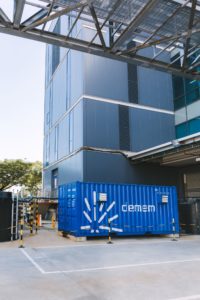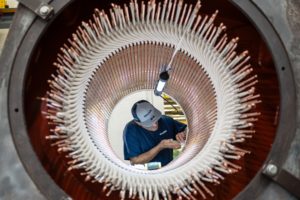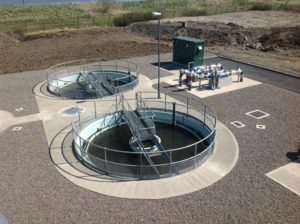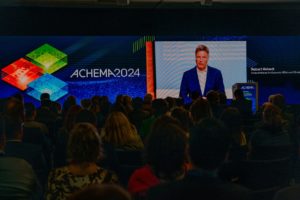Removing Pharmaceuticals from Water Supplies Is a Major Challenge for the Wastewater Treatment Industry
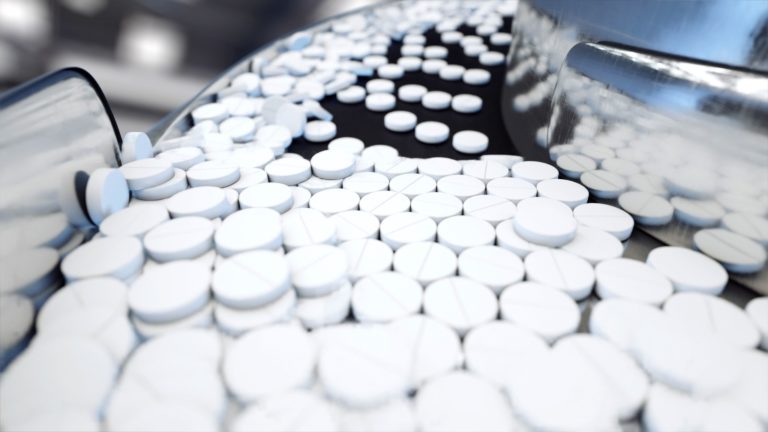
New proposals will require producers of pharmaceuticals and cosmetics to pay for the cost of removing micropollutants that come from their products and end up in wastewater. (Image source: Sulzer Ltd.)
One of the most prominent is pharmaceutical residues, which are having a detrimental effect on wildlife and human health, leading to a revision of EU Directive 91/271/EEC.
Mattias Feldthusen, Director Process & Product Development for Nordic Water, a Sulzer brand, looks at the latest proposals from the European Union (EU) and how they will affect operators of wastewater treatment plants.
European countries have set up collecting systems and wastewater treatment plants with the help of EU funding. There is a high level of compliance with 91/271/EEC across the EU, with 98% of wastewater collected and 92% satisfactorily treated, according to the current coverage of the Directive.
Paying for polluting
The latest proposals will require producers of pharmaceuticals and cosmetics to pay for the cost of removing micropollutants that come from their products and end up in wastewater, thus implementing the “polluter pays” principle.
Currently the pharmaceuticals and the cosmetics sectors are jointly responsible for 92% of the toxic load in wastewater. For both sectors, there is sufficient evidence regarding the existence of micropollutants from these products in wastewater and there are treatments available to remove their harmful residues.
The EU Commission raised a new proposal for the Directive in October 2022. It aims, among other things, to further reduce pollution, energy use and greenhouse gas emissions, to make industry pay for the treatment of micropollutants and ensure EU countries monitor pathogens in wastewater. This last proposal was borne from the Covid-19 pandemic, which showed that viruses can be tracked with high reliability in wastewater.
Harmful effects
Many pharmaceuticals can remain in wastewater throughout the treatment and discharge processes and have been detected in rivers, streams and lakes around the world. Once in the environment, these chemicals can detrimentally affect aquatic wildlife. Natural and synthetic estrogen compounds are known to cause decreased fertility and other negative reproductive effects in fish. The inhibition of growth and development of secondary sexual characteristics was reported in some species after exposure to a variety of endocrine-active chemicals.
Other commonly used compounds that are persistent in wastewater treatment effluent are nonsteroidal anti-inflammatory drugs. These compounds, including ibuprofen and naproxen, have been discovered in the environment at concentrations of 300 ng/L in surface waters , and they elicit negative reproductive effects on aquatic organisms at low, but potentially environmentally relevant, concentrations.
Furthermore, commonly used antidepressant drugs can elicit behavioral changes in fish. Antibiotics in the environment lead to the development and propagation of antibiotic resistance. Concentrations exceeding 100 ng/L have been reported to influence the proliferation of antibiotic-resistant bacteria and thus present potential public health concerns.
Introducing the solutions
For antimicrobial active pharmaceutical ingredients (APIs), there is also concern that environmental exposures could select for antimicrobial resistance (AMR) in microorganisms and thus contribute to the global AMR crisis. It is therefore crucial that a much greater emphasis is put on removing these residues, which are not covered by the current legislation; naturally this will require additional treatment processes to be installed.
Filtration technology that has been developed in recent years has the capabilities to remove pharmaceutical residues, however there is no single solution for every treatment plant. There a several factors that need to be considered to ensure an optimized filtration process is achieved.
Granular activated carbon filters are among some of the best options, especially for treatment plants that employ sludge digesters, where they are the simplest and most cost-effective solution, even with short retention times. At the other end of the scale, reverse osmosis (RO) and nano filtration (NF) are very effective. However, there are high operating costs to be considered, as well as more complicated cleaning processes.
Integrating filtration processes
Some treatment works, mainly in southern Europe, use incinerators to dispose of processed sludge and these can handle powdered activated carbon in the sludge. In northern Europe, most treatment works have a digestion process to produce biogas, which is used by an engine and generator to reduce the energy bill for the plant. In this case, powdered activated carbon (PAC) would reduce the efficiency of the process and eventually needs to be removed from the digester.
Many treatment plants will already use a sand filter as a tertiary process and these offer an opportunity to introduce granular activated carbon (GAC) filters. Nordic Water has been running large-scale trials of GAC filters that can be installed in the sand filter basins and operated continuously, without the need for backwashing. On other sites, GAC filters have been installed in several silos, which keep the footprint of the new process to a minimum.
Following a pilot in Germany, Nordic Water has been contracted to install a brand new GAC system that will involve the construction of concrete basins that will house 120 DynaSand carbon filters.
Customized solutions
Pilot plants and full-scale trials of these filtration processes have been going on for several years, enabling manufacturers such as Nordic Water, to gain more experience of how different treatment processes interact. In one trial, three different process streams were installed, a sand filter after ozonation, a GAC filter after ozonation, and a stream with only GAC. The trial results demonstrated the most effective process for this site and the plant has since made plans to redesign the final process area to achieve the best effluent standards.
In one case, a treatment plant had high chloride levels and they initially caused rapid corrosion of the stainless steel filter tanks, whereas the adjacent sand filters suffered no such problems. The combination of carbon and high chloride levels created an environment conducive to corrosion.
For this site, the materials were reassessed and a fiber reinforced plastic (FRP) was used instead. The plant, which is in Sweden, uses a three-stage process of a DynaSand filter, ozonation treatment and a DynaSand carbon filter.
This solution continues to give excellent results for the final effluent. In fact, all effluent samples taken during the initial two-month sampling period showed concentrations below the detection limit and could not be quantified. That included all 24 analyzed pharmaceuticals, meaning the filters deliver almost complete removal of the substances.
Working for a better future
As the new EU legislation is revised to tackle the challenges of micro-pollutants and pharmaceuticals, pressure will increase on wastewater treatment plants to adopt new filtration technologies. Achieving the most effective solution will depend on many factors and it is important that each site understands its own unique set of circumstances.
Under Article 8, by December 31, 2030, Member States will have to ensure that 50% of discharges from urban wastewater treatment plants treating a load of 100’000 population equivalent (p.e.) and above are subject to a 4th stage of treatment. This will cover all treatment plants by the end of 2035.
To fulfil these requirements, national water municipalities need to start planning their strategy as soon as possible. Working with experts in this field who can identify the most effective solution that fits within the available footprint, ensures operators will achieve the proposed standards. In this way, Europe will make a very significant contribution to reducing pharmaceuticals and other micro-pollutants in its water supplies.
Source: Sulzer Ltd.



